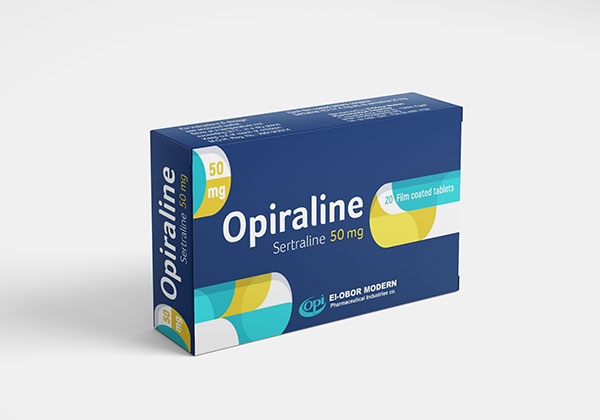Opiraline 50 mg
Composition ;
Each film coatedTablet contains:
Active ingredients:
Opiraline 50: Opiraline base ( As Opiraline Hydrochloride 57.4mg)
50 mg
Inactive ingredients: Microcrystalline Cellulose, Anhydrous Calcium Hydrogen Phosphate , Sodium Starch Glycolate , Hydroxypropyl Cellulose , Magnesium Stearate , Hydroxypropyl Methylcellulose Type 2910 (Methocel E5) , Titanium Dioxide, White Beeswax
1 Therapeutic indications
Opiraline is indicated for the treatment of: Major depressive episodes,Prevention of recurrence of major depressive episodes, Panic disorder, with or without agoraphobia, Obsessive compulsive disorder (OCD) in adults and paediatric patients aged 6-17 years, Social anxiety disorder, Post traumatic stress disorder (PTSD)
Initial treatment
Depression and OCD
Titration
Maintenance
Depression
Panic disorder and OCD
Paediatric patients
Children and adolescents with obsessive compulsive disorder
Age 13-17 years: Initially 50 mg once daily.
Age 6-12 years: Initially 25 mg once daily. The dosage may be increased to 50 mg once daily after one week.






